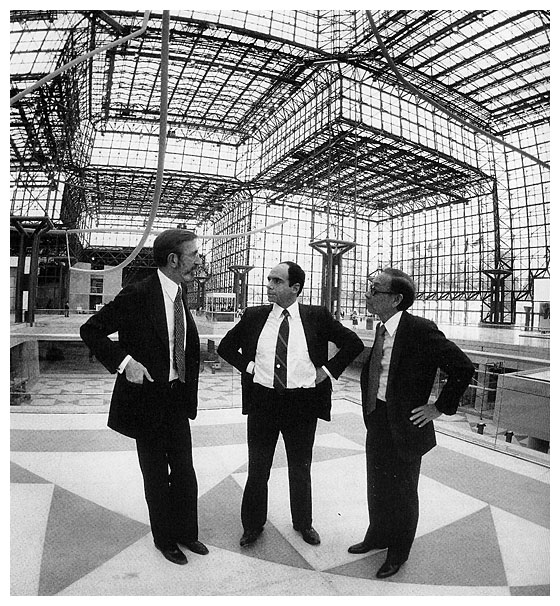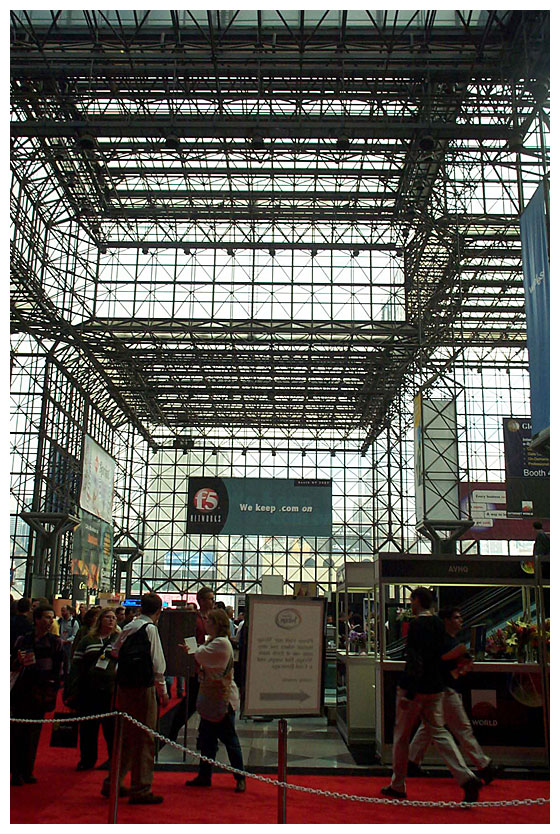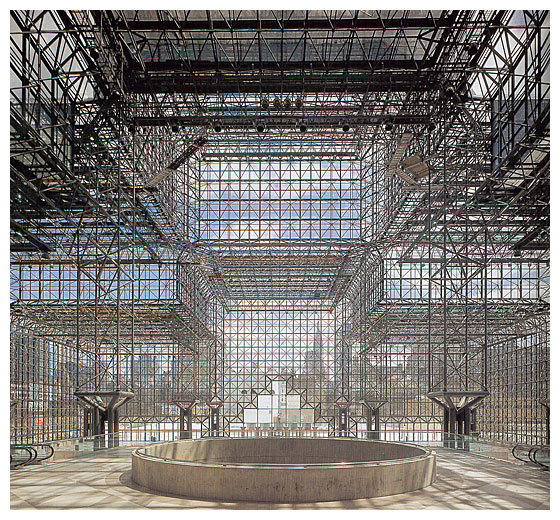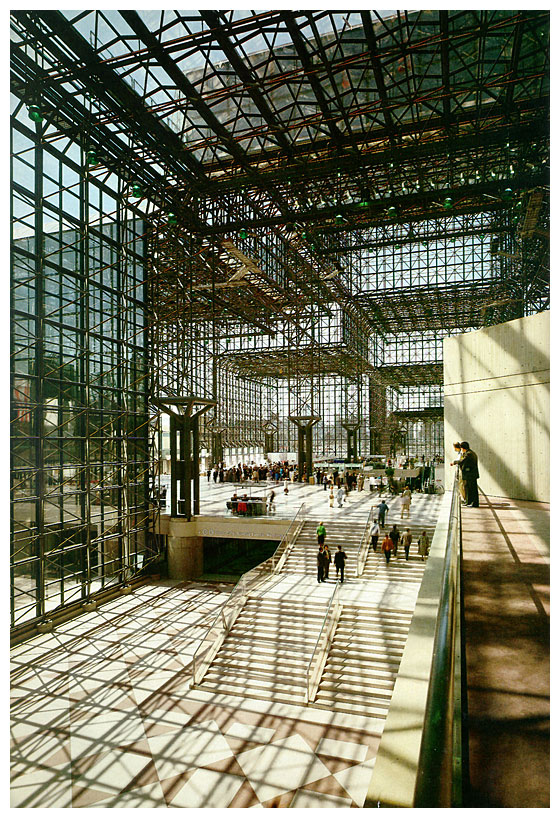Architectural Record
Architect James Ingo Freed Dies
December 20, 2005
James Ingo Freed, 75, architect of the Holocaust Memorial Museum in Washington, DC, died December 15 at his home in Manhattan after a decades-long battle with Parkinson’s Disease.
Freed was a partner at Pei Cobb Freed, of New York City. Among his partners, I. M. Pei and Henry N. Cobb, Mr. Freed’s signature was his ability to imbue contemporary materials—glass, steel, and stone—with a tactile authority.
Freed wrapped Manhattan’s Jacob K. Javits Convention Center with a gridded membrane of reflective glass that dissolves the building’s massive bulk, while conveying a dignified, monumental simplicity. He supported the building with a space-frame fretwork of rods and spherical socketed nodes that tested the technological limits of the construction industry when it was built in 1986. Its spectacular, light-filled lobby, echoing in contemporary terms London’s 19th-century Crystal Palace, remains among Manhattan’s most extraordinary interiors.
Freed struggled in the realization of the Holocaust Memorial Museum in Washington [record, July 1993, page 58], worried that his building would either package the Final Solution too nicely or theatricalize it.
On visits to the death camps, he saw how the Nazis twisted the instruments of progressive industrial cultu
re – medicine, law, engineering – to the manufacture of mass murder. Deeply affected, he created a skewed skylight, using metal details derived from what he’d seen so that the architecture itself could convey the enormity of the industrialized extermination of millions.
James Ingo Freed, born in Essen, Germany in 1930, had first-hand experience with the Nazi repression of Jews. He and his father rode streetcars through the night to escape the violence of Kristallnacht, “the night of broken glass.” With his sister, he made his way to the U.S. via France and Switzerland in 1939. His parents arrived two years later on one of the last refugee ships.
In Chicago Freed attended the Illinois Institute of Technology, directed at the time by Ludwig Mies van der Rohe. He would return to Chicago to head IIT’s architecture program in the mid-1970s. He briefly worked in Mies’ Manhattan office before joining Pei’s young firm.
He came into his own with the Javits Center and the Holocaust Memorial Museum. He went on to add a luminous addition to the Los Angeles Convention Center (1993). He completed the 3.1-million-square-foot Ronald Reagan Building and International Trade Center, also in Washington, in 1998 [Record July 1998, page 58]. Its classical exterior contrasts with the exuberant, Modernist monumental drama of its internal atrium—a split personality attributable to years of political meddling that compromised what should have been a masterpiece. The spatial intricacies of the San Francisco Municipal Library (1996) are as much a result of Freed’s heroic effort to accommodate the city’s myriad political constituencies as they are of his own architectural inclinations.
Freed won the opportunity in 1994 to design National Air Force Memorial. But, a years-long controversy developed over the design’s potential to overshadow the adjacent Iwo Jima statue group. A new site was selected, Freed won a second competition, and construction has begun on the three stainless steel spires that soar like contrails into the sky.
By James Russell
文章出處
Architectural Record










